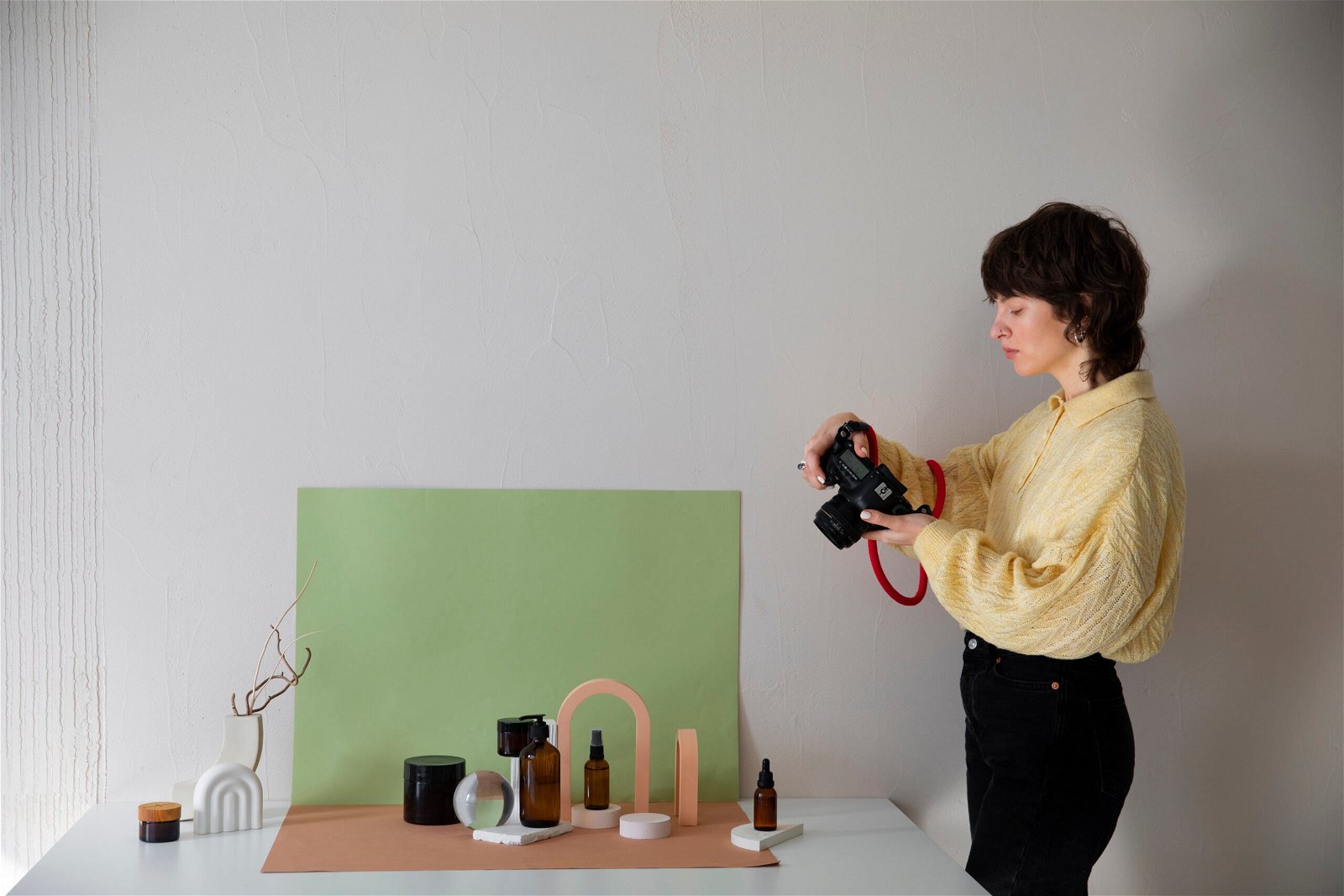This blog post will provide a comprehensive exploration of how image size impacts the quality and performance of Stable Diffusion. It will also offer practical tips on selecting the optimal size for your project.
Table of Contents
ToggleWhat Is A Stable diffusion?
Stable Diffusion is a text-to-image model designed to generate realistic or artistic images based on natural language prompts. Users aiming to produce striking images with Stable Diffusion may inquire about the optimal image size for this AI tool.
Best Image Size For Stable Diffusion
In the context of digital images, stability and diffusion may not have a direct correlation with image size, but rather with the algorithms and techniques applied to the image.
Here are some general considerations:
1. Resolution
Higher-resolution images contain more details, but they also require more processing power and storage space. The optimal resolution depends on the specific requirements of your project. For general viewing on screens, a resolution of 72-96 pixels per inch (PPI) is common. For printing, higher resolutions (300 PPI or more) are often recommended.
2. Compression
Image compression techniques can be used to reduce file size without significantly compromising image quality. However, excessive compression may result in loss of details and introduce artifacts. Choose an appropriate balance between compression and image quality based on your specific needs.
3. Algorithm Considerations
If by “stable diffusion” you are referring to some specific image processing technique or algorithm, the optimal image size may depend on the characteristics and parameters of that algorithm. Some algorithms may work better with certain sizes or aspect ratios.
4. Display Medium
The intended use or medium for the image can influence the ideal size. Images for web display, social media, or print may have different optimal sizes.
Final Thought
The concept of “stable diffusion” in the context of image processing is not a standard term, and without specific details or clarification, it’s challenging to provide a direct recommendation for the best image size. Generally, the optimal image size depends on factors such as resolution, compression, and the specific algorithms or techniques used in image processing. It’s crucial to consider the intended use of the image, whether for web display, print, or other purposes. Adjustments to resolution and compression should be made based on the balance between file size and maintaining sufficient image quality.
Interesting Reads:








